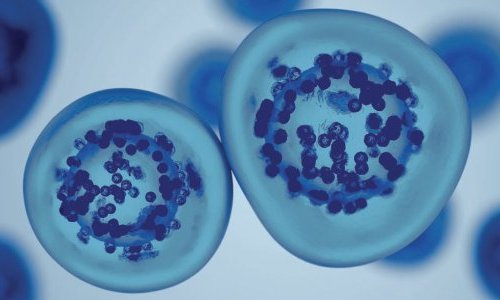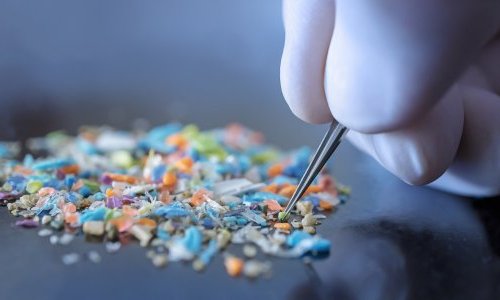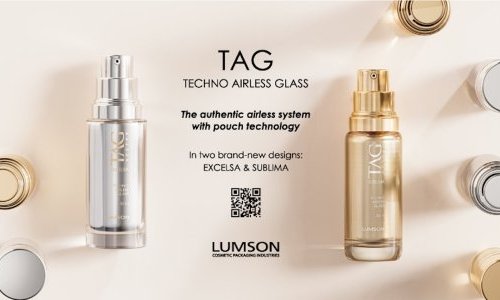Who hasn’t noticed their skin feeling tight after a shower, or simply after cleansing? Even when using products specially formulated to meet our skin’s needs, this sensation can persist on a regular basis — a phenomenon that researchers at Stanford University in the USA decided to investigatePNAS Nexus->https://academic.oup.com/pnasnexus/article/2/9/pgad292/7278834], Volume 2, Issue 9, September 2023, pgad292, https://doi.org/10.1093/pnasnexus/pgad292.]] "This work provides a new understanding of how products affect the physical properties of our skin, which includes not just skin health, but also skin sensorial perception. That’s a significant advance. It provides a whole new understanding of how to design those formulations," said study co-author, professor Reinhold Dauskardt, in a statement.
Stratum corneum contraction
As a basis for their research, the scientists started from a simple observation: the skin is not only the body’s largest organ, in terms of weight and surface area, but also the one that’s most exposed to sources of external aggression. And with good reason: the outermost, most superficial layer of the skin, the stratum corneum, is the body’s main natural barrier. One of its functions is to keep out potential external aggressors, including pollution, bacteria or chemicals, as well as to keep in moisture. The researchers explain that certain actions, such as using a cleansing product, cause the stratum corneum to contract, while others, such as applying a moisturizing product, cause it to swell.
With this in mind, the researchers imagined that the mechanical forces generated by these skin distortions could potentially reach specific sensory receptors, called mechanoreceptors, and be turned into neurological signals. These would then alert the brain, resulting in a feeling of tightness. The aim of the researchers was to verify this theory via in vitro biomechanical tests, numerical modelling, and then an in vivo self-evaluation survey, as detailed in the journal PNAS Nexus.
More precisely, the aim was to examine the effects of nine moisturizing formulas and six cleansers on skin samples taken from the cheek, forehead and abdomen, then to determine the changes in the stratum corneum in the laboratory, before integrating this information into a model of human skin in an attempt to predict the signals the mechanoreceptors might send. The final step was to compare these predictions to the feelings of tightness experienced — or not — by the 2,000 women recruited in France to test the moisturizers, and the 700 women recruited in China to evaluate the cleansers.
Intra-dermal communication
“We were able to rank the different formulations in terms of what subjects should say about the sensorial perception of their skin,” Reinhold Dauskardt said. "We plotted what we were predicting against what human subjects were telling us, and it all fell on a straight line. In other words, we were predicting exactly what they were telling us. It was an absolutely remarkable correlation with a very high statistical significance," he added.
This research funded by a grant by L’Oréal Research & Innovation could enable cosmetics laboratories and brands to improve their formulas and develop products that are (even) better suited to individual needs.
"[This understanding] provides a framework for the development of new product. If you’re doing anything to the outer layer of the skin that’s causing it to change its strain state and its stress state, then we can tell you how that information is transmitted and how it will be understood and reported by consumers," the Stanford University professor said.
However, the mechanism whereby cutaneous mechanoreceptors and corresponding sensory neurons are activated has not been established.
Nevertheless, the researchers are already looking much further ahead, with a view to developing, for example, wearable devices that could send intentional signals to the brain by acting on the stratum corneum.
"What we’ve done is reveal how mechanical information gets from the outer stratum corneum layer down to the neurons much lower in the skin layers," professor Dauskardt said. "So now, can we communicate through human skin? Can we build a device to provide information to someone non-verbally, non-visually, using our understanding of these mechanisms? That’s one of the areas we’re very interested in."






























